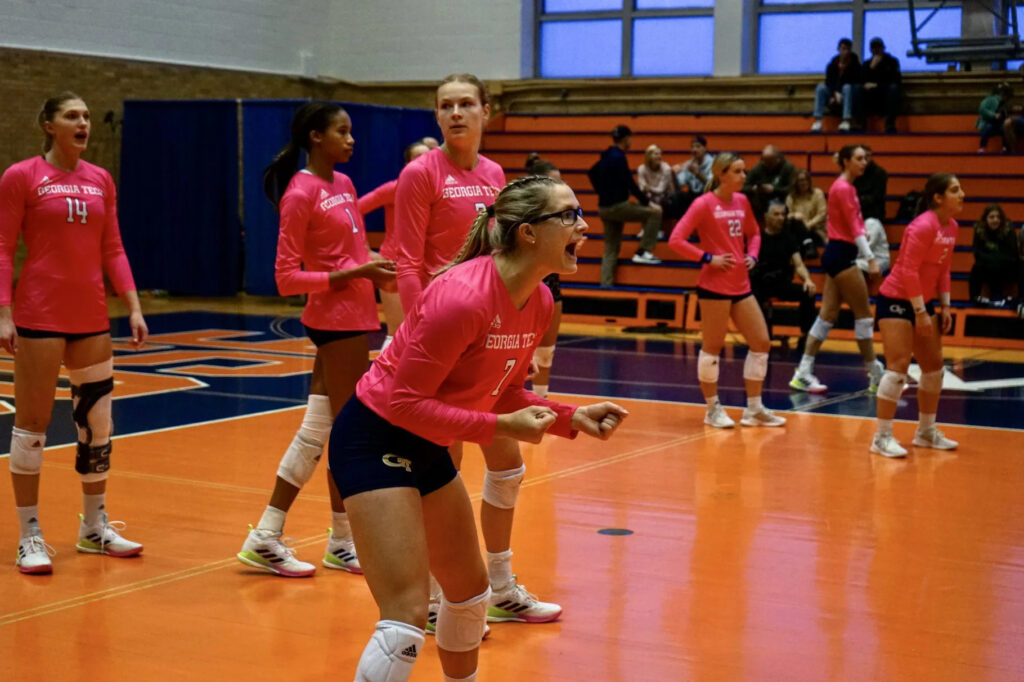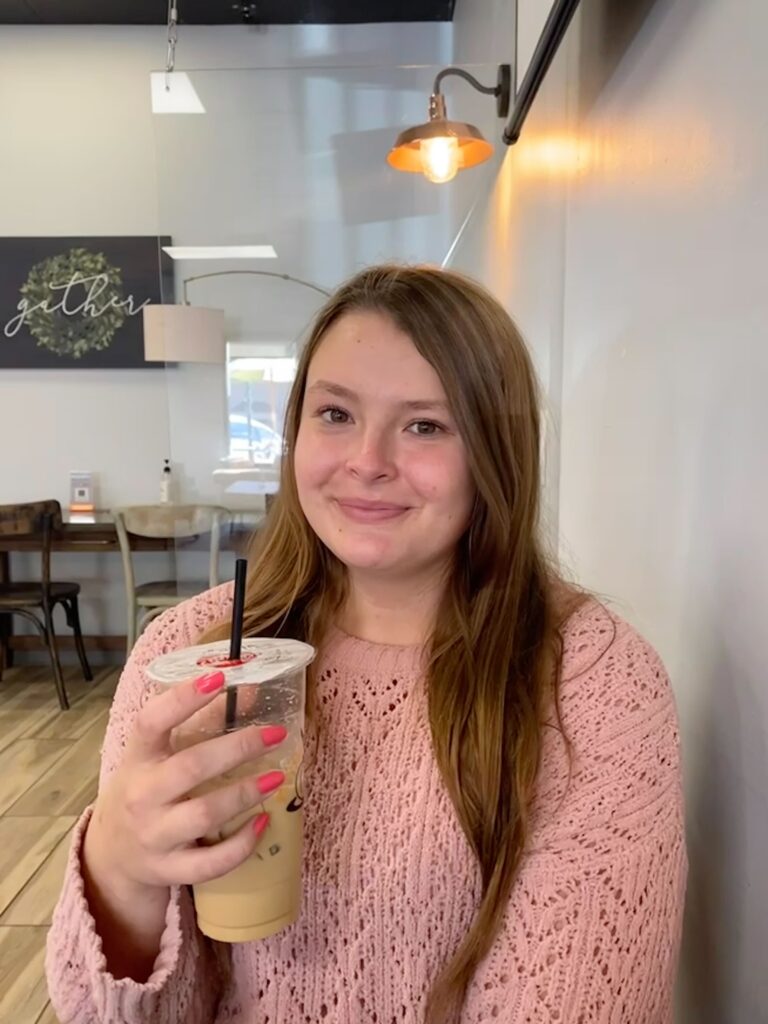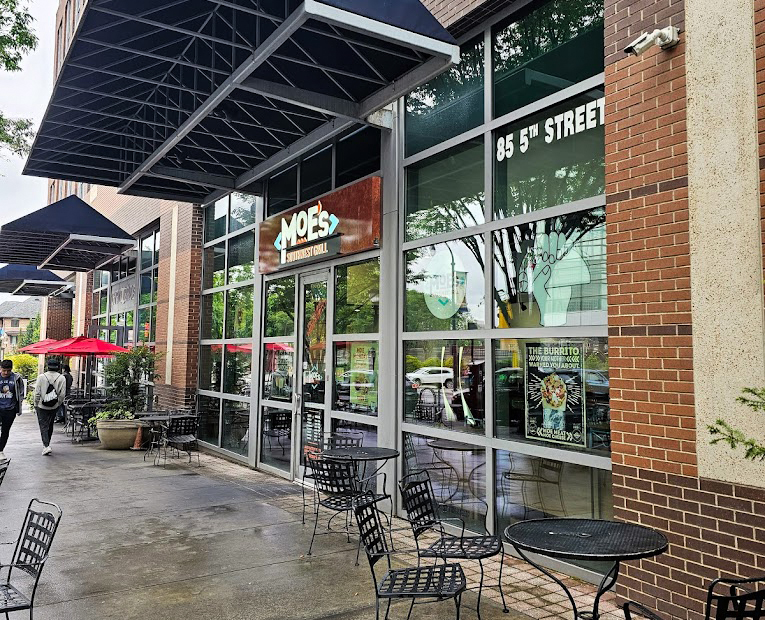
The pressure to conform to social norms is a challenge as old as the concept of a society itself, yet is nonetheless harmful to anyone who falls anywhere outside the narrow definition of acceptable. Members of the LGBT community have fought this pressure for decades, and while societal acceptance is much more widespread than it once was, the community still faces challenges. One of the most persistent is the idea of compulsory heterosexuality, the idea that every person is assumed to be heterosexual until proven otherwise. Unfortunately, many people still have an unconscious bias that leads them to assume that any given person is heterosexual until indicated otherwise. This challenge is especially exacerbated for bisexuals, who specifically face the pressure to “prove their gayness.”
Bisexuality is often an overlooked identity within the LGBT community itself, sometimes labeled “not gay enough” to really merit a seat at the table. Any struggles specific to bisexuality get written off as trivial, supposedly paling in comparison to the struggles felt by others.
Discourse regarding bisexuality even escalates to the point that bisexual members of some online communities state that they feel uncomfortable attending Pride events out of fear that they will be excluded or shamed. One particular scenario drives this anxiety: a relationship where one person is a woman and another a man, and one or both of them are bisexual. Members of couples that externally look heterosexual, but are in fact not, are often made to feel that they have no place within Pride events or discussions surrounding LGBT-centric issues.
This unfortunate fear of showing up in gay spaces as something that externally appears to be straight stems directly from the concept of compulsory heterosexuality and the ways that it impacts bisexual people. When one is automatically assumed to be straight and feels that they must somehow “prove their gayness” in order to be accepted within the LGBT community, they are inherently not being accepted as they are, for who they are.
Similarly, many bisexuals struggle with feeling that they are not “truly bisexual” when they are in a relationship that outwardly appears to be straight. This pressure often comes from the rhetoric that many people who identify as bisexual are either just doing so for the attention, or to make it easier on themselves rather than coming out as a gay man or lesbian woman.
The solution to this challenge is twofold: deconstructing compulsive heterosexuality and working to build more accepting spaces that don’t judge people’s apparent “gayness” based on outward appearance.
As a society, we must work on dismantling the pieces that come together to create the unconscious bias within people that causes the assumption that the default is heterosexual. This work takes many forms, from intentionally curating the stories that we tell our children to more kinds of romances shown on screen. We also must work on creating less judgemental LBGT spaces that are more accepting of members across the sexuality spectrum, regardless of if they look “gay enough.”
Despite strides in the right direction, there is still work to be done in continuing to create spaces where everyone feels welcomed and accepted exactly for who they are.
The post Not “Gay Enough”? Dismantling the Harm of Compulsory Heterosexuality appeared first on Technique.




